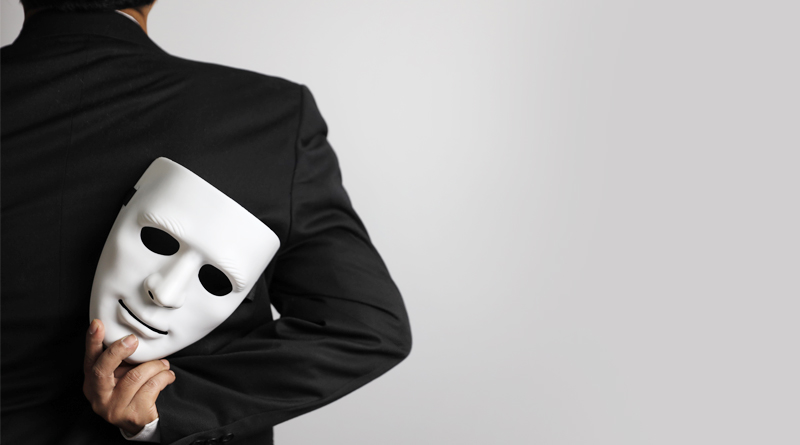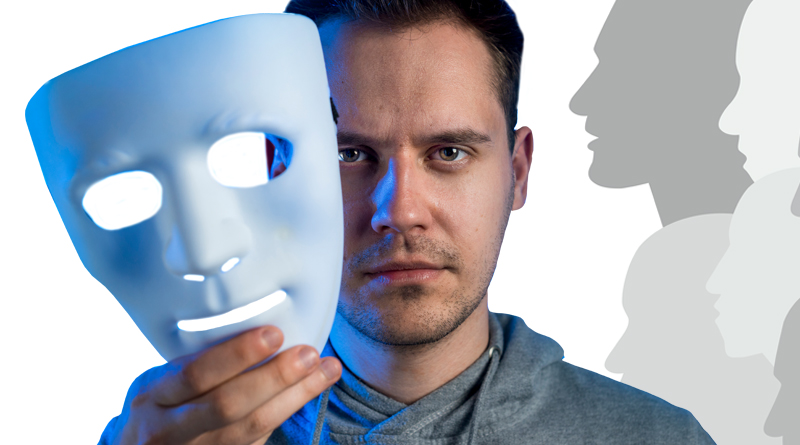Building Empathy and Support in Our Community: “The Faces We See, the Hearts We Do Not”
By: Maria Alejandra Pulgar
Modern times are creating communities where the values of empathy and solidarity become scarce each time an event shakes the trust in people or institutions that used to be the reference: a brilliant teacher or religious leader who commits abuse; a trustworthy neighbor that is found distributing illegal substances or abuses their family; a corrupt politician who attempts against constitutional or legal procedures; People who appeared to be reliable and all of a sudden commit a crime that impacts their community. Do we know for sure who surrounds us?
We live in a culture of “see something, say something” which is fundamental to helping authorities anticipate and protect communities from dangerous threats. However, in many cases, the community immediately jumps to judge those who allegedly are involved in a crime without knowing their backgrounds and stories, which do not excuse their actions but can bring light to understand their motivations. Knowing the root causes also may help prevent others commit the same crimes; building empathetic communities, that care for each other needs, can make crime and abuse prevention easier.
We navigate our daily lives surrounded by a sea of faces: neighbors, classmates, teachers, fellow commuters. But beneath these faces lie many experiences, emotions, and struggles unseen. We see them but do not know the joy or suffering they might be hiding in their hearts, especially those who suffer addiction or abuse, hiding it behind a facade of normalcy. While physical signs of abuse may leave visible marks, the emotional scars and internal battles remain concealed. How can we become attuned to the potential struggles hidden within our communities before a tragedy strikes? That is another way of “seeing something, saying something”.
 Recognizing Hidden Struggles
Recognizing Hidden Struggles
While teachers and public safety officials are trained to identify signs of abuse or addiction, everybody can be aware of potential indicators and find ways to offer help.
Changes in behavior or mood, like social isolation, anger, or irritability. Neglect of personal appearance or hygiene; unexplained weight loss or gain; noticeable fatigue or sleep disturbances. Sudden loss of possessions, borrowing money, or financial strain; loud arguments or signs of instability at home. All those can be signs a person is going through physical or emotional distress or even substance abuse or other addictions.
But, how to help safely and without being “nosy”? You have to be committed to assisting if needed before getting involved. If you suspect someone around you might be struggling, approaching the situation with empathy and respect is vital. Avoid accusatory language, judgment, or forced intervention. Instead, just express concern about what you observe and offer support. And do not fail their trust by gossiping about their struggles. One thing is to report it to those who can intervene, and another is to share the information with people who cannot or are not willing to assist.
Sometimes abuse or addiction victims do not accept or recognize their situation. In those cases, reassure them that you are a trustworthy person for them, that you can assist them when they are ready, and keep observing. Share your own experiences or struggles if applicable. Become a source of information about resources such as the National Domestic Violence Hotline (1-800-799-7233) or the Substance Abuse and Mental Health Services Administration (SAMHSA) National Helpline (1-800-662-HELP).
If the danger is imminent, do not doubt to call the authorities at 911 or 988 (Suicide and mental health crises prevention Hotline)
Understanding the causes. Building empathy to improve the future
Addiction and abuse can occur in unexpected situations. People from various backgrounds, including seemingly “normal” individuals like teachers or loving husbands, can find themselves battling addiction or engaging in abusive behavior, and the causes vary from genetic predisposition, childhood trauma, mental health issues, or social factors like peer pressure or exposure. External situations like immigration issues, divorces, unexpected illnesses, or financial struggles can cause traumas that make people change their behaviors, make bad decisions, or get involved in wrongful activities.
We do not know what others are going through. When we try to be empathic with the needs of others, we make our spaces a better place to live and set an example for our younger generations. Breaking the cycles and abuse in communities is a group effort, and creating spaces where people feel safe to ask for help, supported, recognized, and assisted at all levels and stages of their lives can help prevent crime and achieve healthier, happier societies. It is worth giving it a try.

